Jacquinot Bay
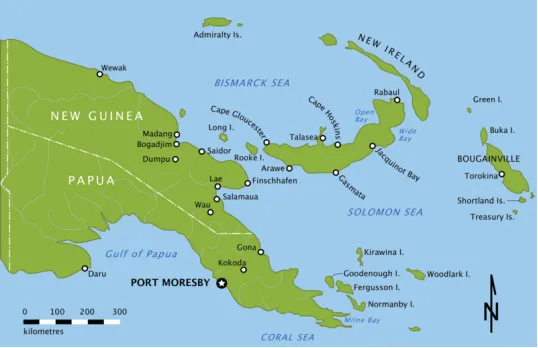
Jacquinot Bay, on the Island of New Britain, which is the largest Island of the Bismark Archipelago of Papua New Guinea,
It is separated from the Island of New Guinea by the Dampier and Vitiaz Straights, and from New Ireland by the St George’s Channel.
During December 1943 and early 1944, the US Army and the US Marine Corps landed in Western New Britain with the goal of securing the area so it could not be used to launch attacks against the main Allied offensive along the North Coast of New Guinea.
The US forces defeated the Japanese garrison of Western New Britain during the Battle of Arawe, the Battle of Cape Gloucester, and the Battle of Tatasea.
In late April 1944 the US Army’s 40th Infantry Division assumed responsibility for the Allied positions on New Britain.
They maintained positions around Talasea-Cape Hoskins, Awrawe and Cope Gloucester, and did not conduct offensive operations against the Japanese forces in the East of the Island.
This developed into a “tacit truce”, with the oposing forces being seperated by a “no mans land” in which Australian led native troops from ther Allied Intelligence Bureau conducted a small scale guerrilla campaign.
In mid 1944, the Australian Government agreed to take on responsibility for the Military Operations in the Northern Solomon Islands and New Britain.
A conference on 24 August 1944 was held to consider an operating base for the 5th Australian Division’s attack on Rabaul, it was to be closer that the US held positions on New Britain, either the Talasea - Hoskins area on the North Coast, or Jacquinot Bay on the South Coast.
On 5 September 1944, the corvette HMAS Kiama landed 105 personnel from the 5th Division and members of the RAAF,
They investigated the area for two days while the Kiama surveyed the Bay, it was concluded that the Bay could accommodate up to 6 Liberty ships and an airfield could be built nearby.
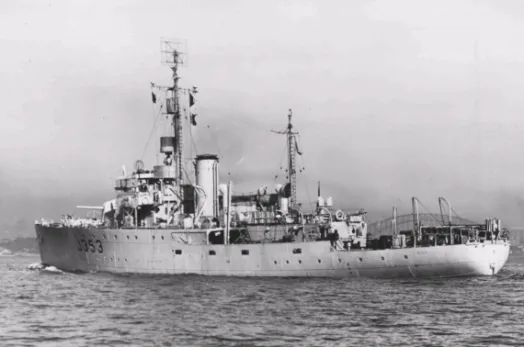
[Image Source]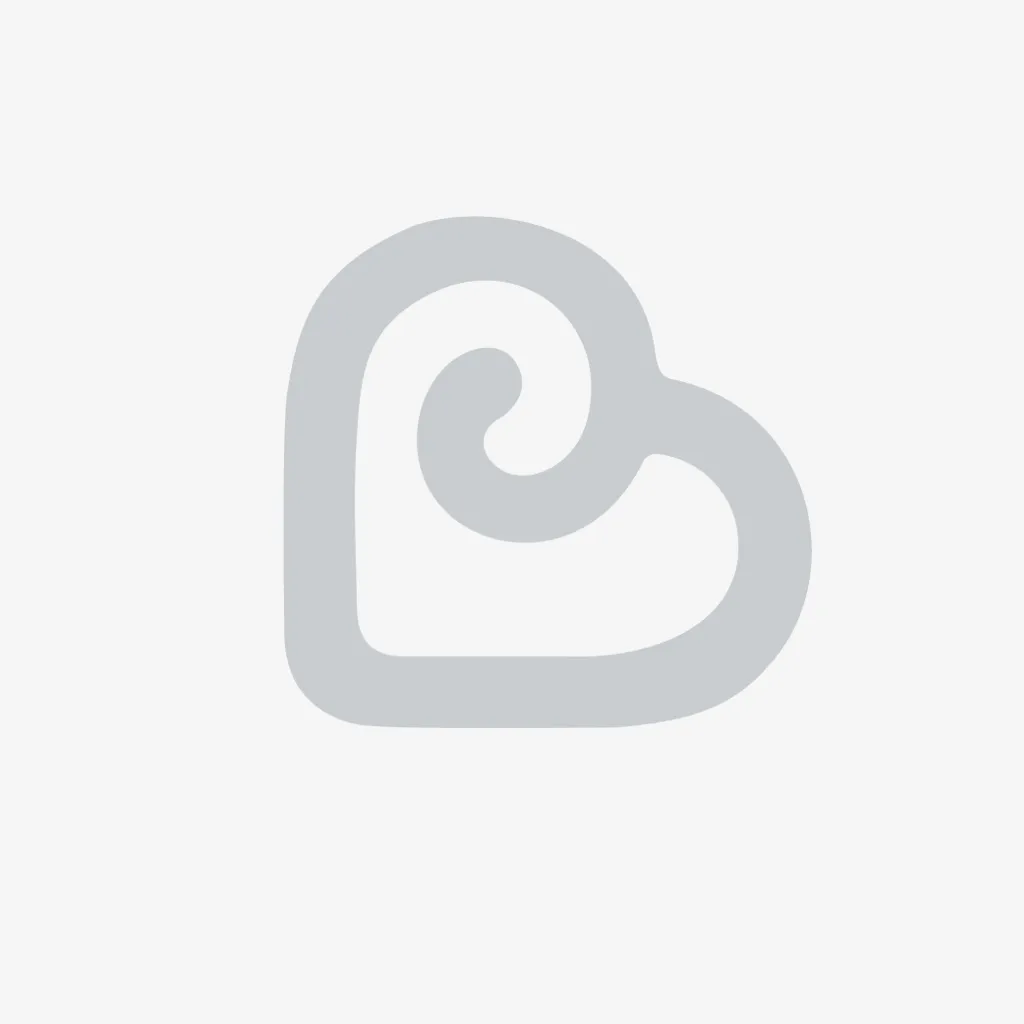
HMAS Kiama
The report on the Talasea - Hoskins area was less favourable.
The landing was code named “Operation Battleaxe”, and was to be a fully supported landing, even though there had been no reports of Japanese activity in the area.
The War Dairy of the 14th/32nd Brigade recorded that the accommodation aboard the transports was “very cramped, dirty, and wet” and Sanitary facilities were greatly insufficient.
The landing commenced at 9.30 am, on the 4th November 1944, with no opposition being encountered.
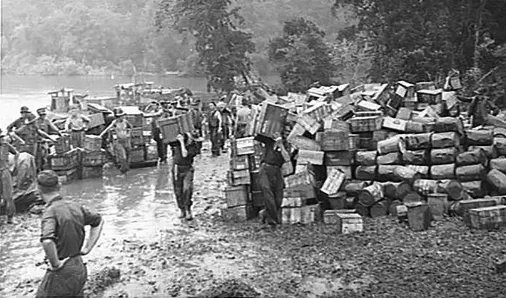
Some of the early unloading of stores on Jacquinot Bay
Major work at Jacquinot Bay was begun in December, these included a large dock, an airfield, buildings for the 2/8th General Hospital, and stores depots.
Work on the airfield was completed in May 1945 and two RNZAF Squadrons arrived there
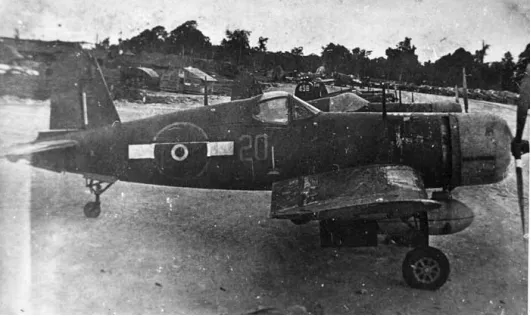
F4U Corsair
Jacquinot Bay
[BR] = Bomber Reconnaissance
[F]= Fighter
SU = Servicing Unit [the ground crew who serviced the aircraft]
3 [BR] Squadron 5 June to 26 June 1945
2 [BR] Squadron June to September 1945
21 [F] Squadron May to 2 July 1945
20 [F] Squadron May to August 1945
19 [F] Squadron June to October 1945
16 [F] Squadron August to October 1945
3 SU [F] 19 May 1945
14 SU [ BR] June 1945
30 SU [F] July 1945

with thanks to son-of-satire for the banner
